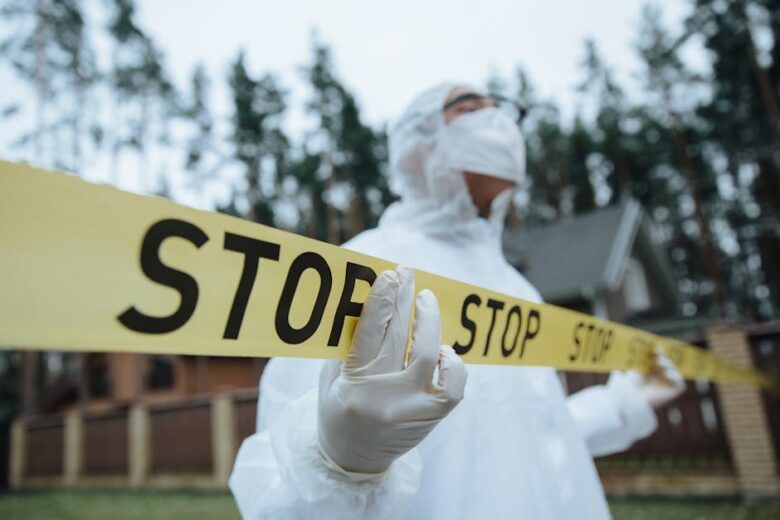The Evolution of UFO Evidence Collection Techniques
For decades, Unidentified Flying Objects (UFOs) have been a subject of fascination and mystery. From ancient sightings to modern-day encounters, the quest for understanding these elusive phenomena has driven enthusiasts and scientists alike to refine their methods of evidence collection. In this post, we will explore how techniques for gathering UFO evidence have evolved over time, leveraging technology and scientific rigor to bring clarity to the unexplained.
Table Of Contents:
1. Introduction to UFO Evidence Collection
2. Early Methods of Recording UFO Sightings
3. The Digital Revolution and UFO Documentation
4. Modern Tools and Techniques in UFO Research
5. The Role of Citizen Science in UFO Studies
6. Conclusion
7. FAQs
Introduction to UFO Evidence Collection
Throughout history, humans have looked to the skies with wonder and curiosity. UFO sightings have been recorded in various cultures, often tied to folklore or religious interpretations. However, the modern era of UFO research began in the mid-20th century, prompting a need for systematic evidence collection. This quest for understanding has led to the development of diverse techniques aimed at capturing, analyzing, and interpreting UFO phenomena.
Early Methods of Recording UFO Sightings
Before the age of technology, UFO evidence collection relied heavily on eyewitness accounts. People would document their experiences through written reports, sketches, and verbal testimonies. Newspapers played a significant role in disseminating these stories, often sensationalizing events to capture public interest. Although these methods lacked the rigor of scientific inquiry, they laid the groundwork for future investigations.
The Digital Revolution and UFO Documentation
The advent of photography and video recording in the 20th century marked a turning point in UFO evidence collection. Witnesses could now capture visual proof of encounters, providing tangible evidence for analysis. As digital technology advanced, the quality and accessibility of these recordings improved, allowing researchers to scrutinize footage with increasing precision.
Additionally, the internet revolutionized how UFO sightings were reported and shared. Online platforms and forums became hubs for enthusiasts to upload evidence, discuss theories, and connect with like-minded individuals. This democratization of information empowered amateur researchers to contribute significantly to the field.
Modern Tools and Techniques in UFO Research
Today, UFO evidence collection leverages cutting-edge technology and scientific methodologies. High-definition cameras, drones, and satellite imagery are employed to capture detailed visuals of UFOs. Advanced software and algorithms analyze these images for patterns or anomalies that might indicate extraterrestrial activity.
Furthermore, radar and sonar technologies are used to track UFOs in real-time, providing crucial data about their speed, trajectory, and behavior. These tools offer a level of objectivity and accuracy that was previously unattainable, moving UFO research closer to mainstream scientific acceptance.
The Role of Citizen Science in UFO Studies
Citizen science has become an invaluable asset in the field of UFO research. With the proliferation of smartphones and portable devices, individuals worldwide can document sightings and contribute to a collective pool of data. Crowdsourced platforms enable users to report encounters, upload evidence, and collaborate on analysis, making the study of UFOs more inclusive and comprehensive.
Moreover, citizen scientists often bring fresh perspectives and innovative approaches to evidence collection. Their passion and dedication drive the field forward, often filling gaps left by traditional scientific institutions.
Conclusion
The evolution of UFO evidence collection techniques reflects the broader advancements in technology and science. While the mystery of UFOs continues to captivate our imagination, the tools and methods at our disposal have never been more sophisticated. As we continue to explore the unknown, the collaboration between professional researchers and citizen scientists will be key in unraveling the secrets of the skies.
FAQs
Q: What are some common tools used in modern UFO research?
A: Modern UFO research utilizes high-definition cameras, drones, satellite imagery, radar, and sonar technologies to capture and analyze evidence.
Q: How has the internet impacted UFO evidence collection?
A: The internet has revolutionized UFO evidence collection by enabling global sharing and discussion of sightings, fostering a community of enthusiasts and researchers.
Q: Can citizen scientists contribute to UFO research?
A: Absolutely! Citizen scientists play a crucial role in UFO research by documenting sightings, sharing evidence, and offering new insights into the phenomena.
Q: Why is objective analysis important in UFO research?
A: Objective analysis is essential in UFO research to separate genuine phenomena from natural or man-made explanations, ensuring credible and scientific conclusions.
🌌 Keep your eyes on the skies, and who knows what mysteries you might uncover! 🛸
Looking for a side hustle
Check out one of the best around atm
